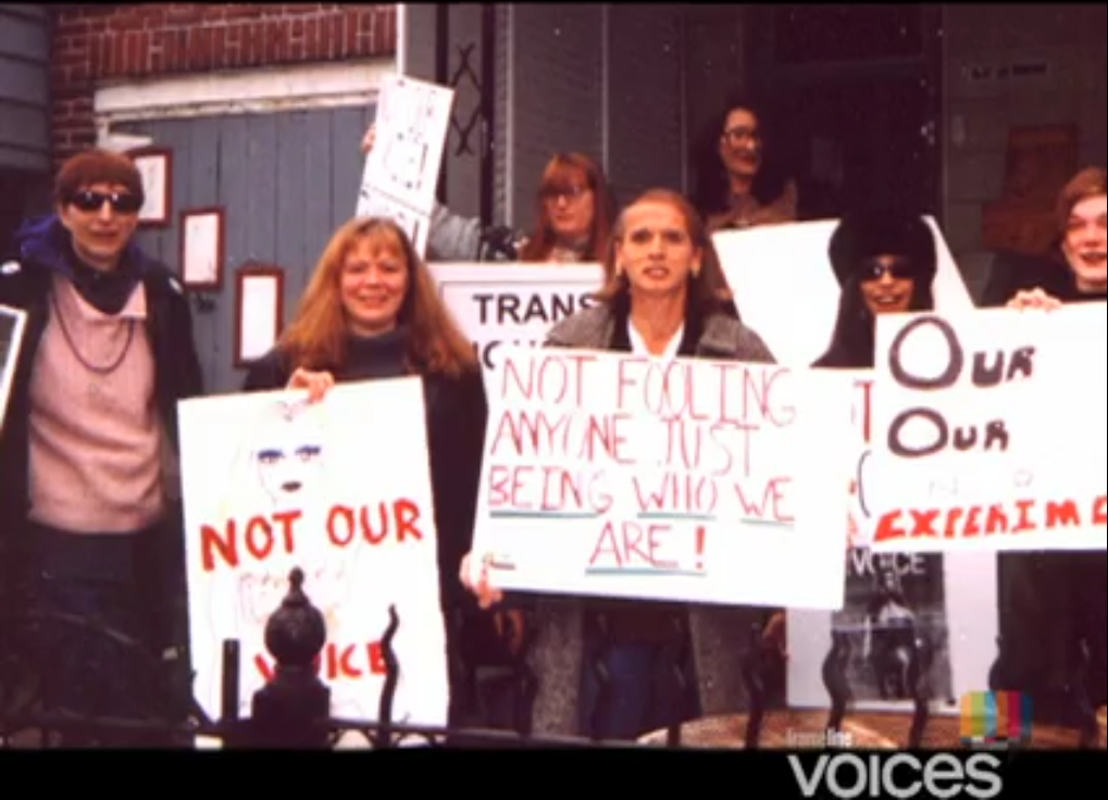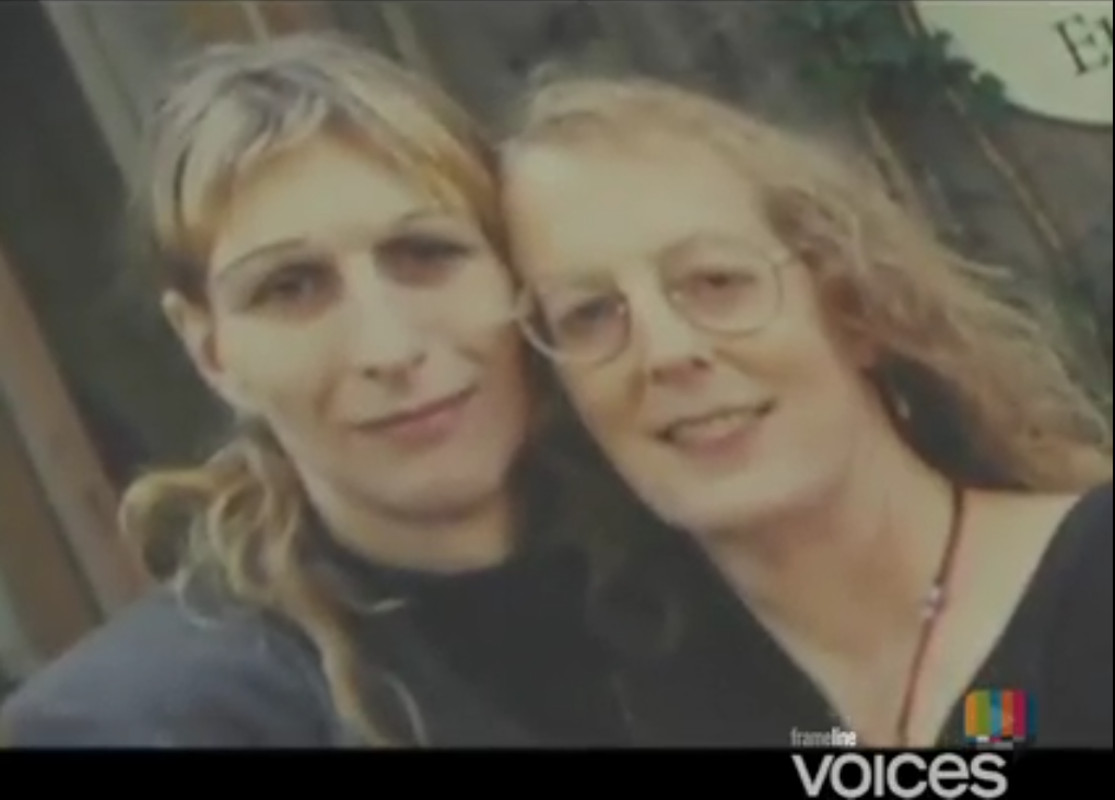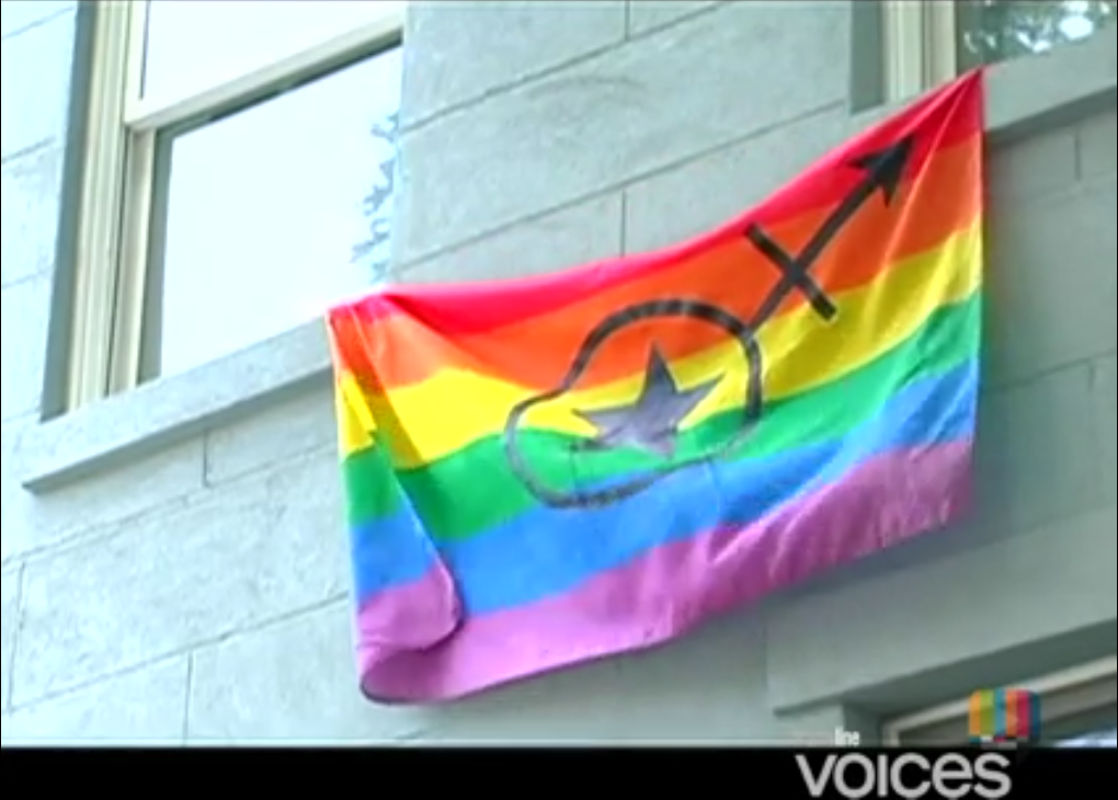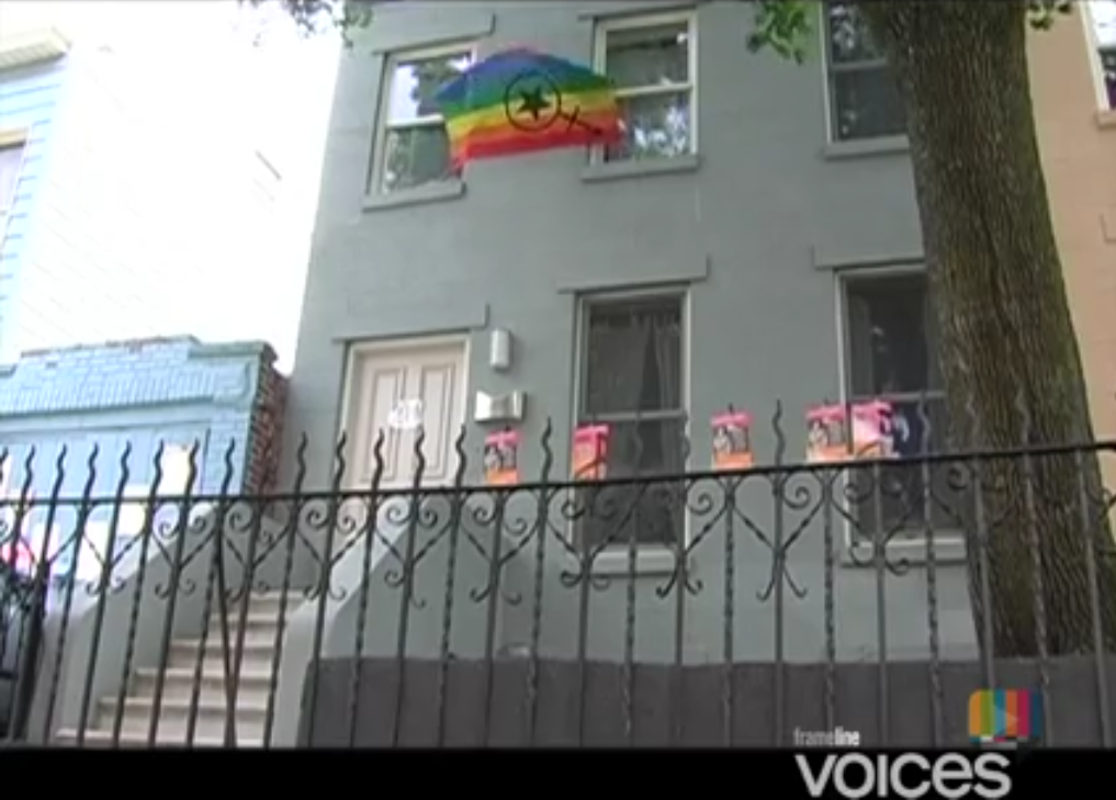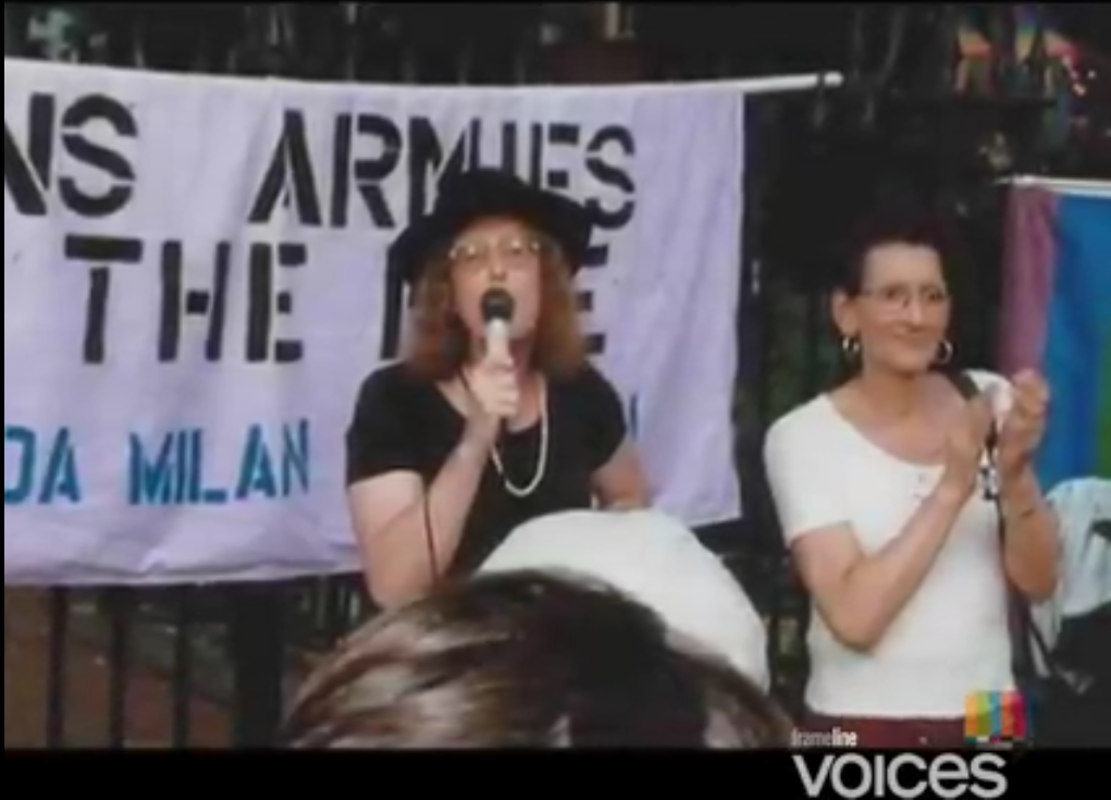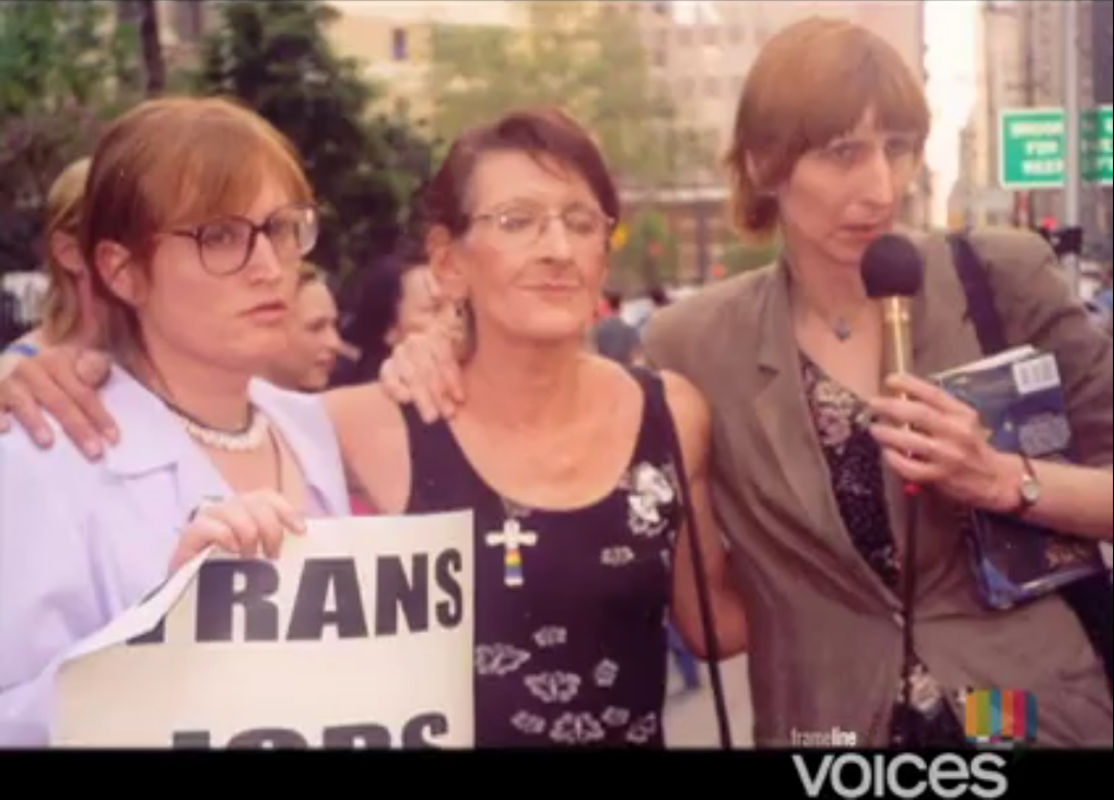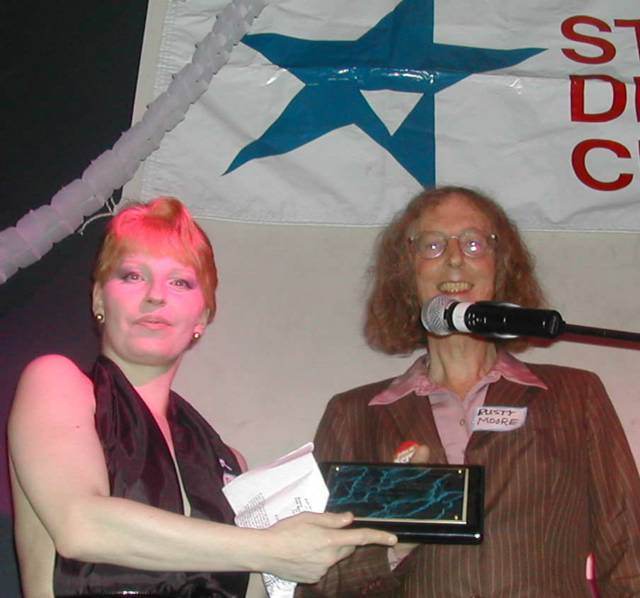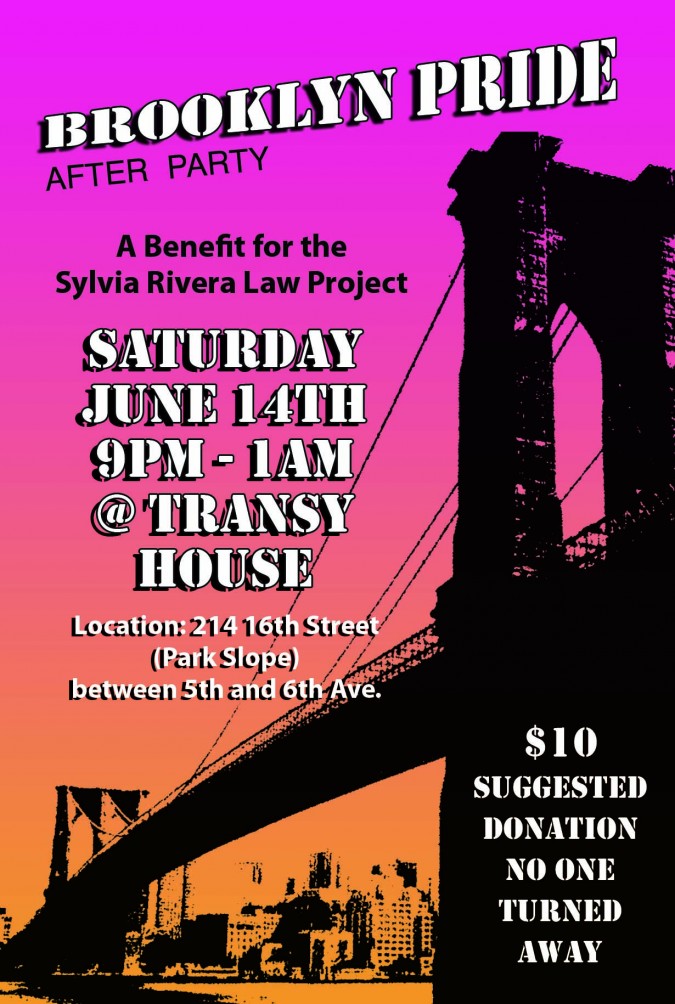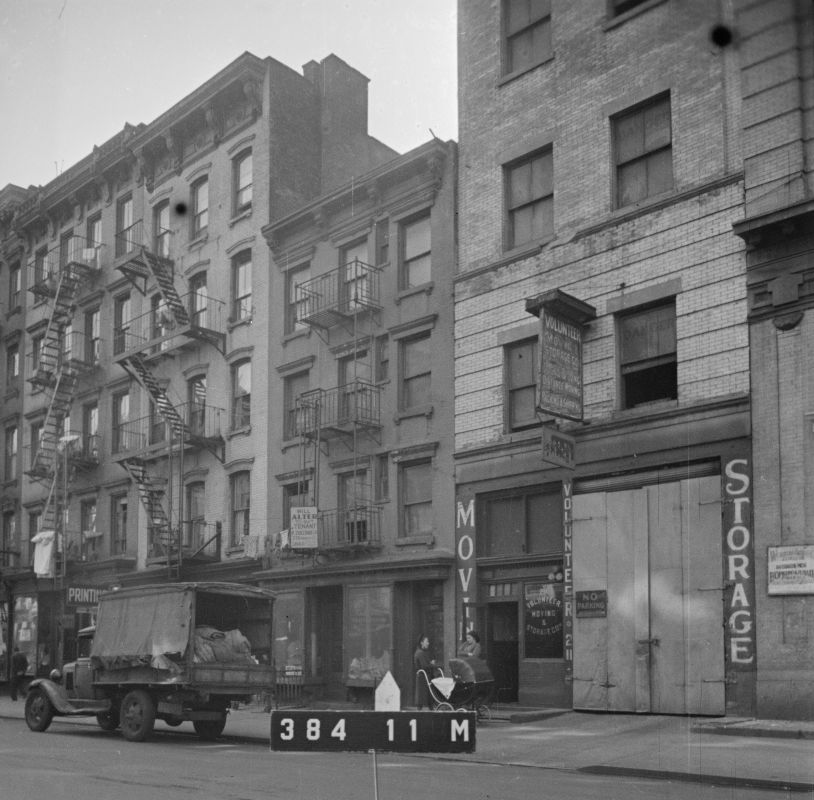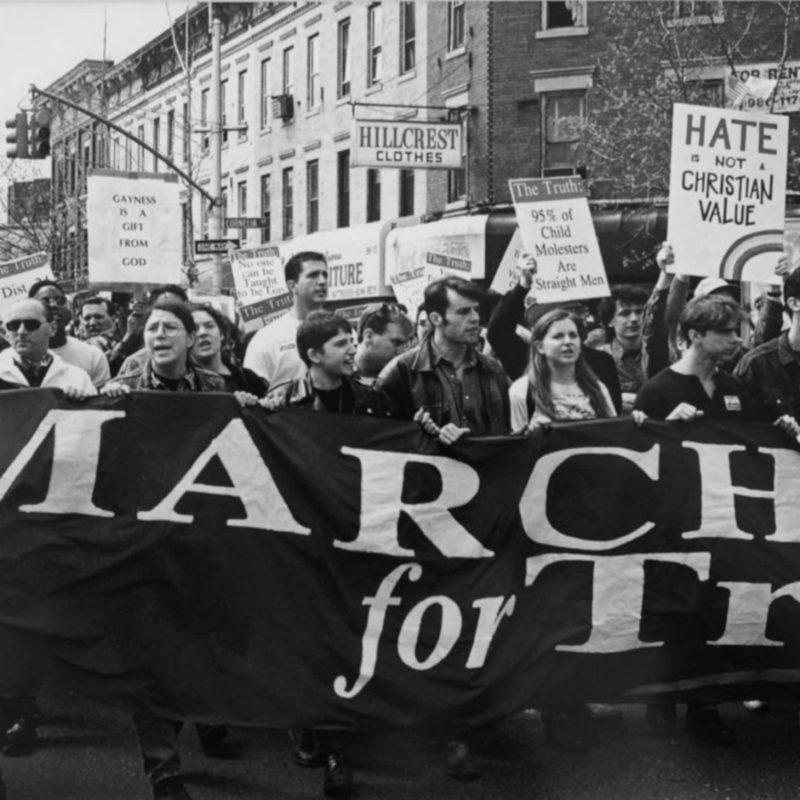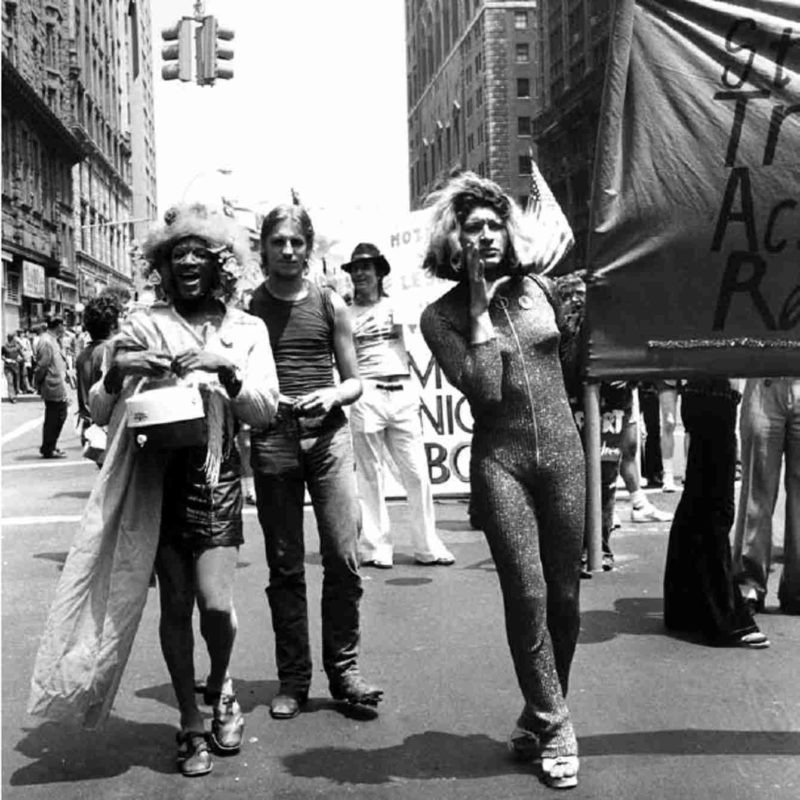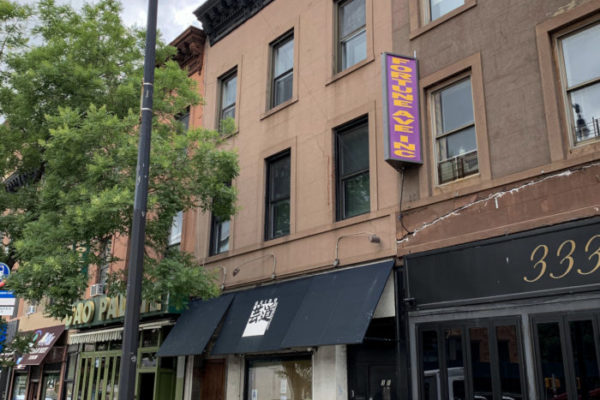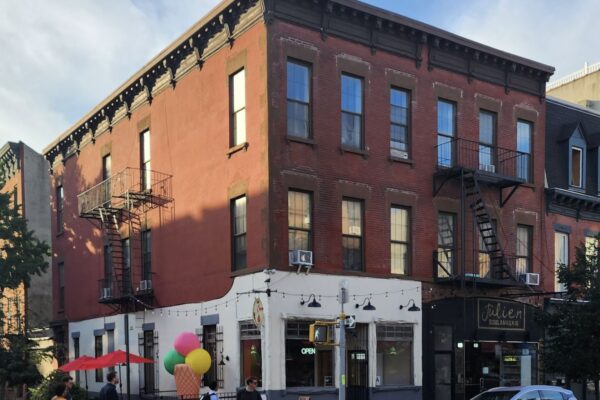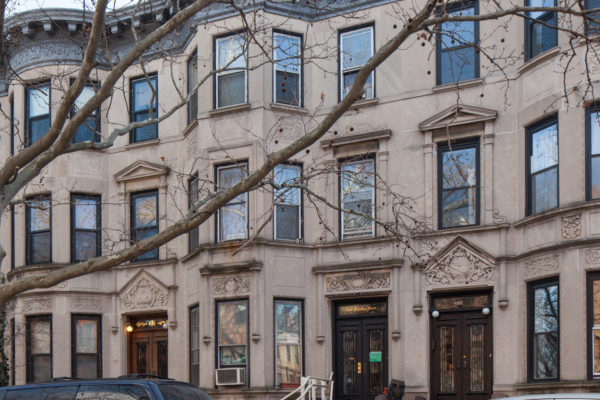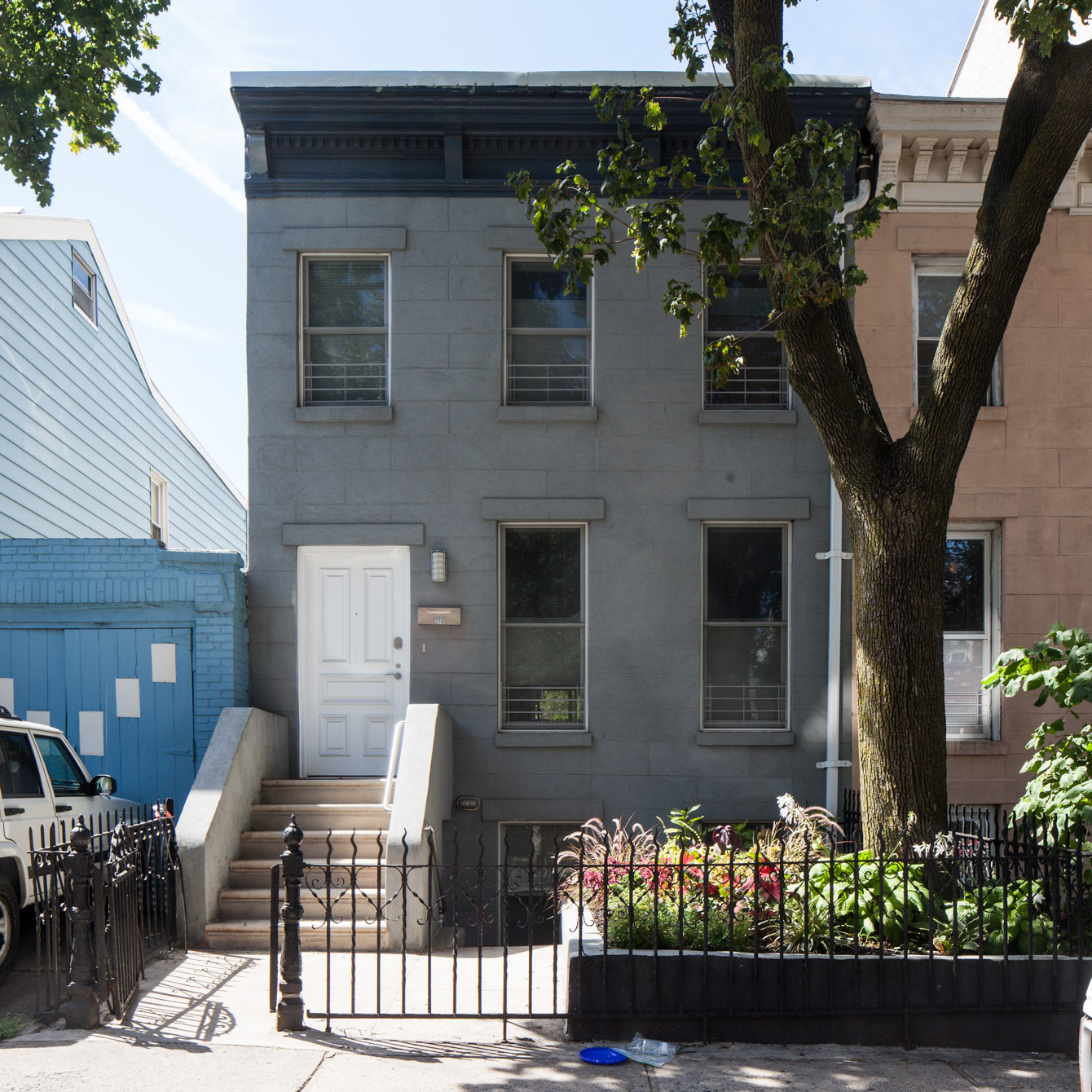
Transy House
overview
Transy House was a transgender collective operated by Rusty Mae Moore and Chelsea Goodwin from 1995 to 2008.
It provided shelter for trans, gender variant, and non-binary people in need, served as a center for trans activism, and was the last residence of pioneering LGBT rights activist Sylvia Rivera.
On the Map
VIEW The Full MapHistory
In 1995, trans women Rusty Mae Moore (1941-2022) and Chelsea Goodwin (b. 1959) founded Transy House in this Park Slope rowhouse, which Moore owned and where they lived as a couple. Originally intended as a communal living space for their friends, Transy House became a safe haven for all trans, gender variant, and non-binary people who had been kicked out of their homes, had dropped out of school, or were refused housing at men’s and women’s shelters. It housed as many as 13 people at a time and operated until 2008.
…it was sort of unique for trans people to own a house in New York, so other people started to say, ‘I need a place to live. Can I come and live with you?’
The house was also a center for political activism beginning in 1996. Moore and Goodwin were active in the Metropolitan Gender Network (MGN) and the National Transgender Advocacy Coalition (NTAC), and were among those who fought for transgender inclusion in gay and lesbian rights legislation at the city and state levels.
The inspiration for Transy House came in part from STAR House, a former refuge for homeless transgender youth that operated from about November 1970 to July 1971. Founded by trans activists of color Sylvia Rivera (1951-2002) and Marsha P. Johnson (1945-1992) over a year after the Stonewall uprising, STAR – which stood for Street Transvestite Action Revolutionaries – had its first permanent home in a now-demolished East Village tenement at 213 East 2nd Street. Moore said, “I think the historical significance of STAR is that it was probably the first political/social initiative of the trans community in New York City, and certainly the first focused on the problems of throw-away youth in our community.” Of STAR House, Rivera said in 1979, “We had a STAR House–a place for all of us to sleep. It was only four rooms, and the landlord had turned the electricity off. So we lived there by candlelight, a floating bunch of 15 to 25 queens, cramped in those rooms with all our wardrobe. But it worked.”
Perhaps fittingly, Transy House would be Rivera’s last residence, from c. 1997 to her 2002 death. Here, she found support for her advocacy work that she had not had earlier in her life. In a 1999 interview, she shared, “Everybody [at Transy House] calls me Ma – Ma Sylvia. We help everybody that we can and we get involved in everything that we can: Matthew Shepard, Diallo, Louima. We just go all over getting arrested.”
Entry by Amanda Davis, project manager (March 2017).
NOTE: Names above in bold indicate LGBT people.
Building Information
- Architect or Builder: Unknown
- Year Built: c. 1860s
Sources
Deborah Rudacille, The Riddle of Gender: Science, Activism, and Transgender Rights (New York: Anchor Books, 2005). [source of pull quote]
Stephan L. Cohen, The Gay Liberation Youth Movement in New York: “An Army of Lovers Cannot Fail” (New York: Routledge, 2008).
“Sylvia Rivera,” Sound Portraits Productions, www.soundportraits.org, 1999. [source of Rivera quote]
Z.A. Martohardjono, Changing House, Frameline, 2009.
Do you have more information about this site?
This project is enriched by your participation! Do you have your own images of this site? Or a story to share? Would you like to suggest a different historic site?
